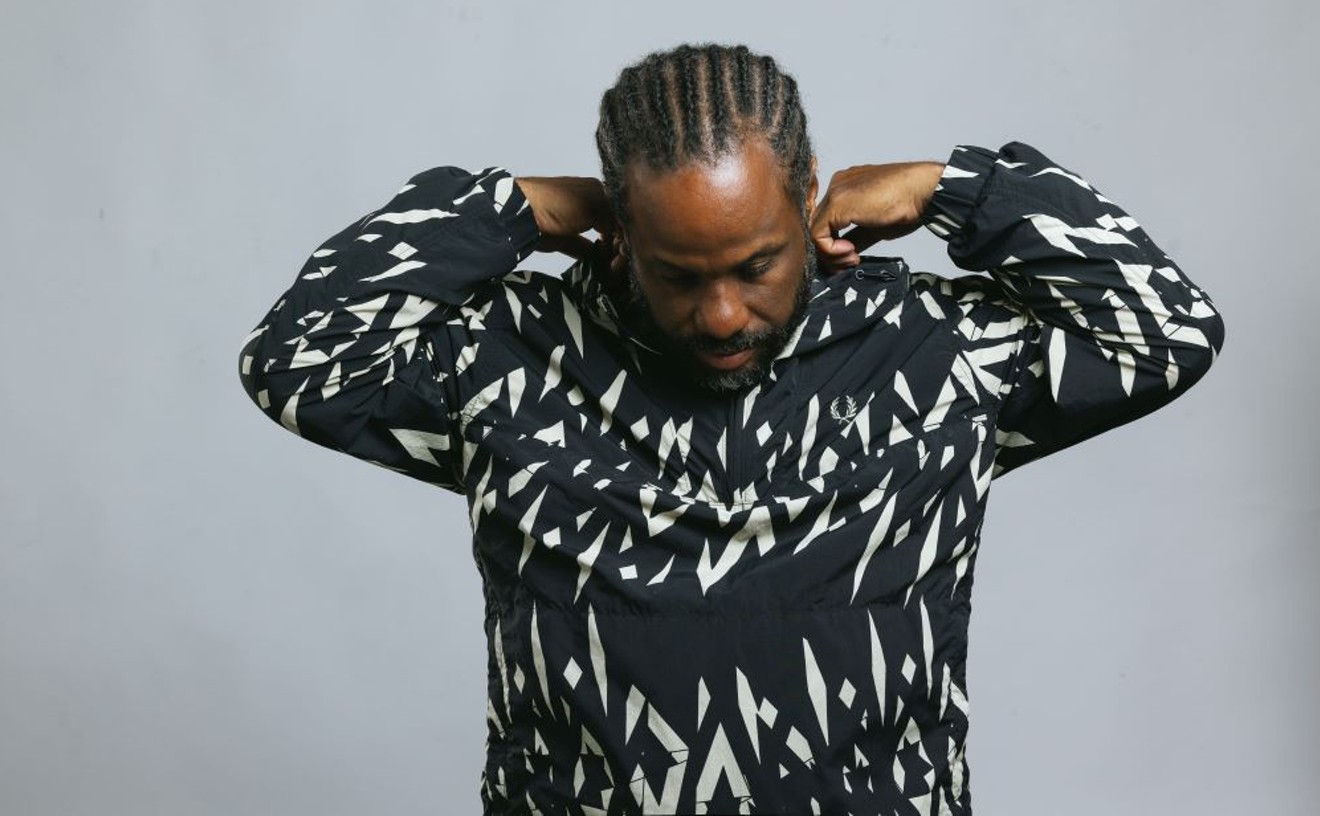Calling all pundits. It's a baffling caprice of the zeitgeist to have two studio Westerns released in the same month, 30-odd years after the genre basically gave up the ghost. James Mangold's better-than-competent and highly crowd-pleasing 3:10 to Yuma has provided a harmonica fanfare for something more ambitious and polarizing. Written and directed by 40-year-old, New Zealand–born Andrew Dominik, The Assassination of Jesse James by the Coward Robert Ford is a deeply, unsentimentally nostalgic movie—but nostalgic for what exactly?
Premiered last month at the Venice Film Festival, The Assassination of Jesse James was hailed by Variety as a magnificent anachronism, "one of the best Westerns of the 1970s." But unlike, for example, the echt 1972 Great Northfield Minnesota Raid, a soggy, autumnal affair in which the James brothers appear in the guise of tattered, mystical quasi-hippies, Dominik's film isn't revisionist; nor, as with Mangold, is Dominik's desire revivalist. Gritty but mythic, a dirty Western with clean shirts, oblique in some ways and obvious in others, Jesse James is a bold, even wacky, reinvention. This is a psychological chamber drama in which the wide-open spaces are geographic as well as mental.
Unfolding mainly in the aftermath of the James Gang's last hold-up, the movie specifically concerns the paranoid relationship between charismatic Jesse (Brad Pitt) and Bob Ford (Casey Affleck), the Judas who will murder him. They meet at a woodland conclave where the gang is planning its final train robbery. This creepy, strangely smiling, young kiss-up gives Jesse's brother Frank (Sam Shepard) the willies. But if Ford is star-struck, so is the movie. The gang is shown laboriously blocking railroad tracks with debris so that Jesse can less-than-realistically leap atop the barricade to face down the locomotive himself. A star must have admirers. "You want to be like me or you want to be me?" Jesse asks Bob, fixing him with his clear, and clearly psychotic, gaze. (The question jumps out of the narrative: Pitt may have won the Best Actor award at Venice, but the movie belongs to awkward, whiny Affleck.)
Jesse James runs a leisurely two and a half hours. For what seems like half of it, members of the James Gang, who include Bob's get-along brother Charlie (Sam Rockwell), lay low in a desolate farmhouse somewhere beyond the Ozarks. Speculation on their moody leader's doings aside, the main source of entertainment is teasing the creepy little guy with the odd smile and treasured shoebox of Jesse James dime novels. Eventually, the gang disperses and, increasingly nutty, Jesse begins dropping in on his old associates' lairs, trying to ascertain whether they're likely to betray him. The suspicious outlaw is a psyche-out artist as well as a psycho.
Meanwhile, Bob develops his own delusions of grandeur, planning to liberate himself from the tyranny of his erstwhile idol and demanding an audience with the governor (no less than James Carville). Unlike Sam Fuller's 1949 I Shot Jesse James, a low-budget Western noir in which Ford is portrayed as a stubbornly single-minded, insolent fool, Jesse James presents the assassin as an aggrieved fan boy: "I've been a nobody all my life...and Jesse James has been as big as a tree." Inexplicably tolerant of Bob, Jesse seems to invite martyrdom; he presents him with a new six-shooter and, later, his back. The actual shooting occurs on Palm Sunday; it's marked by signs and portents and has a ritual, preordained quality. Afterward, the narrator notes, "a thousand people would make the spellbound pilgrimage to the cottage" where Jesse breathed his last.
The relationship between crime and celebrity clearly interests Dominik; his only other feature, 2000's Chopper, was a visually strident and powerfully absurdist portrait of an Australian career criminal—the self-dramatizing author of nine autobiographical best sellers, one titled How to Shoot Friends and Influence People. That's more or less an ironic description of Bob Ford's fate. A year after shooting Jesse, he's re-enacting the deed on a New York stage, condemned to relive his crime until, inevitably, he's dispatched by another irate nobody.
Jesse James was shot largely in midwestern Canada, but there's something suggestively Australian about the way the movie dramatizes empty space and loneliness. Full of slow dollies and haunted close-ups, this is a film of Rembrandt lighting and Tarkovsky weather. The sun pours down like honey, and Vaseline limns the lens. The skies shimmer with onrushing clouds; the fields dance with waving brown weeds, for which Nick Cave and Warren Ellis have provided a suitably spacey score.
Although not as radically defamiliarizing as Jim Jarmusch's avant-Western Dead Man, Jesse James has the feel of an attic ransacked for abandoned knickknacks. There are intimations of what Greil Marcus called the "old crazy America"—a sneaking sense that Dominik might have preferred to shoot the whole thing through a pinhole camera or fashion his story out of musty daguerreotypes. But then, as demanding as the movie is, maybe it's just old-fashioned crazy.










